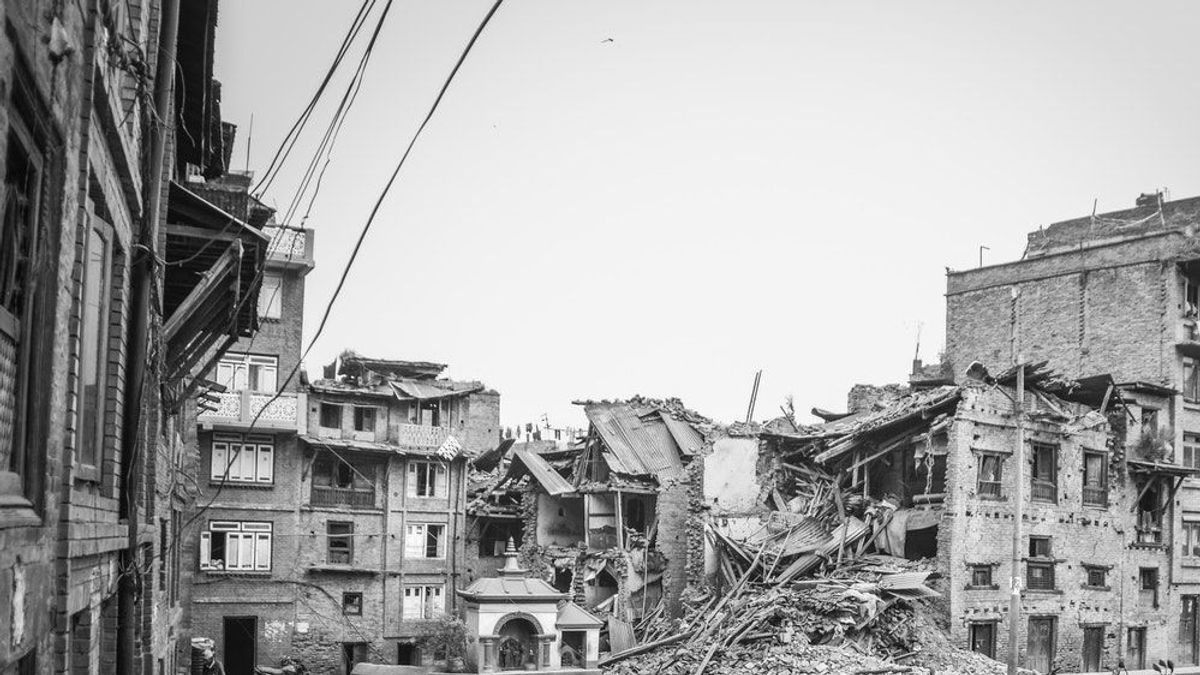JAKARTA History today, 323 years ago, January 5, 1699, the most devastating earthquake hit Batavia (now: Jakarta) in the early hours of the morning. The strength of the earthquake ranged from 8-9 on the richter scale. An earthquake strength that was not kidding.
The casualties fell and various buildings were destroyed. However, the most devastating impact of the earthquake was that the rivers in Batavia became dirty and polluted. The river became a source of disease. As a result, the death rate in Batavia began to rise every year.
Earthquakes often color each civilization in the archipelago. In fact, since time immemorial. All of this is because the archipelago is traversed by active volcanic routes in the world. Everyone in the archipelago has also become accustomed to earthquakes.
There is no other choice but to face an earthquake. Because, they are only faced with two choices: adapt or die. That narrative was seen when an earthquake was devastating on Batavia on January 5, 1699. The earthquake destroyed the Batavia collision.
The Dutch trading company VOC was unable to do much. Moreover, the earthquake occurred in the early hours of the morning. Times when Batavian residents were still in long sleep. The only thing that made them aware was a very strong shock and a variety of household furniture fell.
Even people swiftly seem to have avoided earthquakes scattered out of their homes. People's casualties fell. Especially those who were injured. Many of them also lost their homes to factories. Therefore, the earthquake became one of the major earthquakes that had hit Batavia all the time.
In the early hours of January 5, heavy rain fell on Batavia. However, the rain turned into panic because suddenly the earth hit me hard. The shock was felt at 01.30 in the morning and lasted for about 15 minutes. The earthquake was felt not only in Batavia. Other areas such as Banten and the south coast of Sumatra, especially Lampung.
Many earthquakes made the buildings in Batavia cracked. According to Arthur Wichmann, a total of 21 houses, 20 rice barns, and one damaged warehouse, as well as 28 people who died as a result of the incident. In addition to destroying houses, the earthquake also made Batavian residents at that time afraid to return home. They chose to stay temporarily in the open and on the ships they had," said Omar Mochtar in his research entitled Gempa Bumi Batavia 1699 and 1780: Disaster Collective Memory (2021).
Instead of just leaving the damage, the Batavia earthquake actually carried another disaster. The earthquake caused an area on the slopes of Mount Salak to landslide. As a result, landslide material carrying soil and mud was carried away to Batavia.
The rivers in Batavia are dirty and cloudy. Disaster also came. Outbreaks of malaria and pagoda, his name. The disease exacerbated the lives of the people of Batavia. At its peak, those who died from disease outbreaks reached 1,000 to 2,000 people every year.
It is believed that the earthquake that occurred in 1699, had suppressed mud from underground and blocked river estuaries more than ever. As a result, the presence of mud that riots in rivers brings disaster to the environment in Batavia. Batavia's environment has become unhealthy to live in," said Dutch East Indies Lieutenant Governor-General 1811-1816, Thomas Stamford Raffles in the book The History of Java (2014).
The English, Chinese, Japanese, Arabic, and French versions are automatically generated by the AI. So there may still be inaccuracies in translating, please always see Indonesian as our main language. (system supported by DigitalSiber.id)










